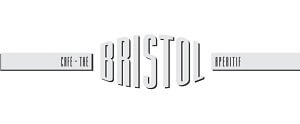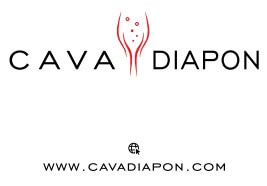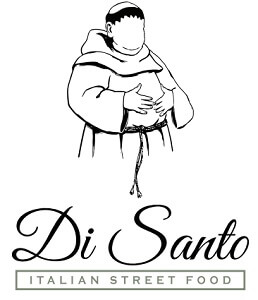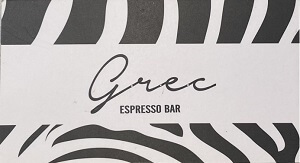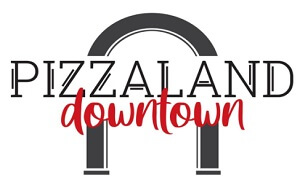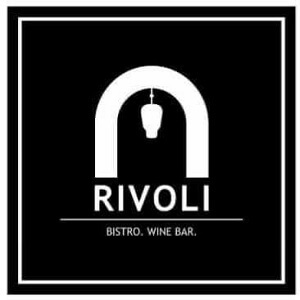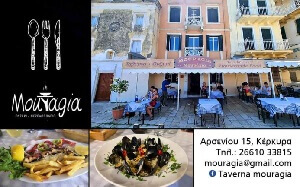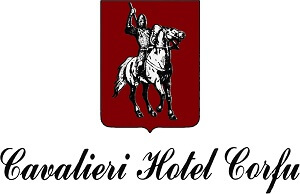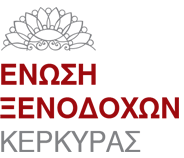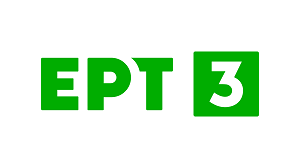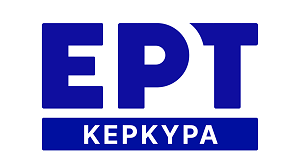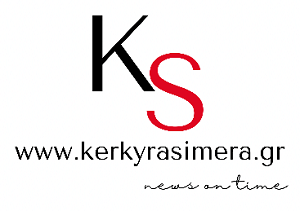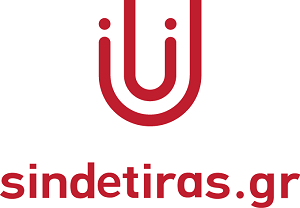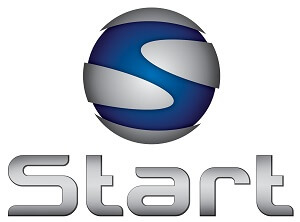The aim of this research was to investigate the relationship between typography and the narrative space of cinematic production. This overview analyzes the forms and functions of narrative and informational typography and how text and image combine to create meaning for film.
All title sequences (informational typography) are marginal productions - whether produced for film, television, video games, or any other media - these paratexts come at either the start or end of the narrative, attached to yet also independent of the main production. Yet they occupy a difficult middle ground between being autonomous and integrated; they are not independent productions, but are often made independently of the drama or narrative (Betancourt, 2017). On the contrary, narrative typography (within the story) become a feature of the live-action space, and thus, no longer a parallel element, but a part within the narrative structure of the history.
The presentation seeks to shed light on the primary functions of typography in title sequence or typography into cinematic narration by focusing in cinematic case studies. The shifting role of text within the film (photograph), from informational to narrative it determines how the audience relates and interprets those text within the narrative drama. These two structures (text, photograph) are convergent, but as their entities are heterogeneous, they cannot be mixed. For this reason, the analysis should relate to each structure separately. And only when the study of each structure is completed, we will be able to understand how they complement each other (Barthes, 1964).
Finally, a major reflection that developed during the research, adopts the perception that the function of a title sequence is very similar to the cover of a book. It not only gives the title and relevant authorship information; it also attracts the curiosity of the audience, encouraging them to open it up and start reading (Braha, Byrne, 2011).
Back
SPONSORS
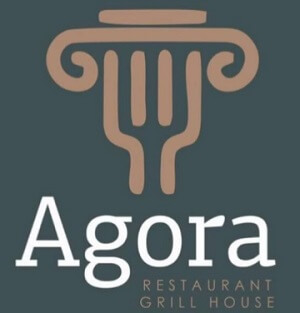 Agora Restaurant Grill House
Agora Restaurant Grill House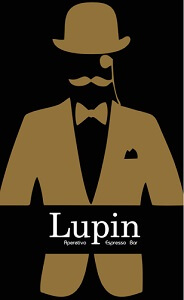 Lupin Aperitivo Espresso Bar
Lupin Aperitivo Espresso Bar

